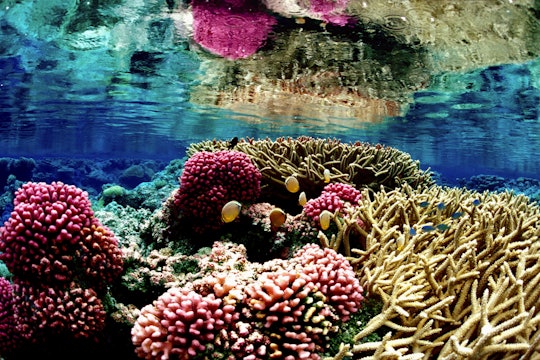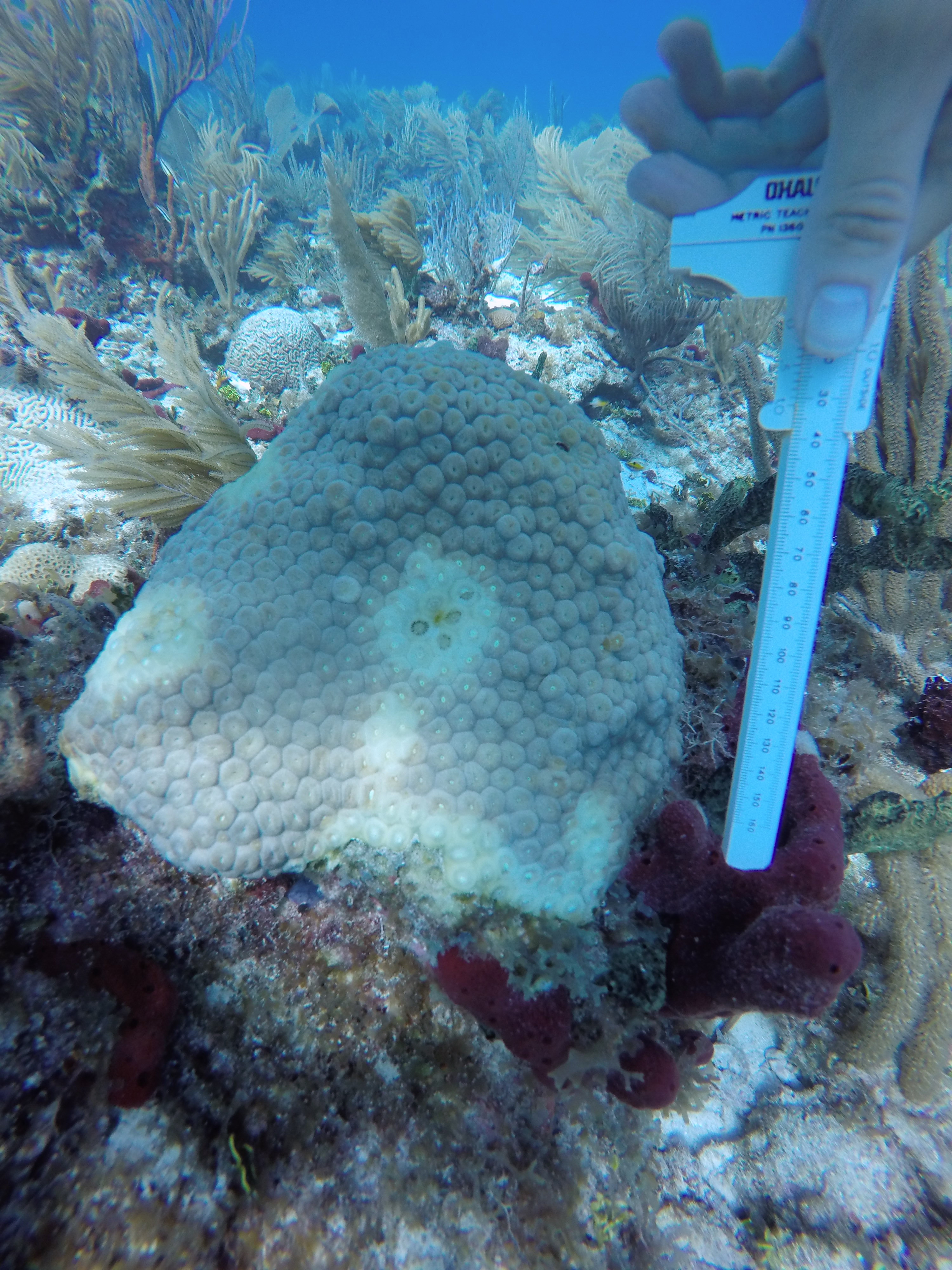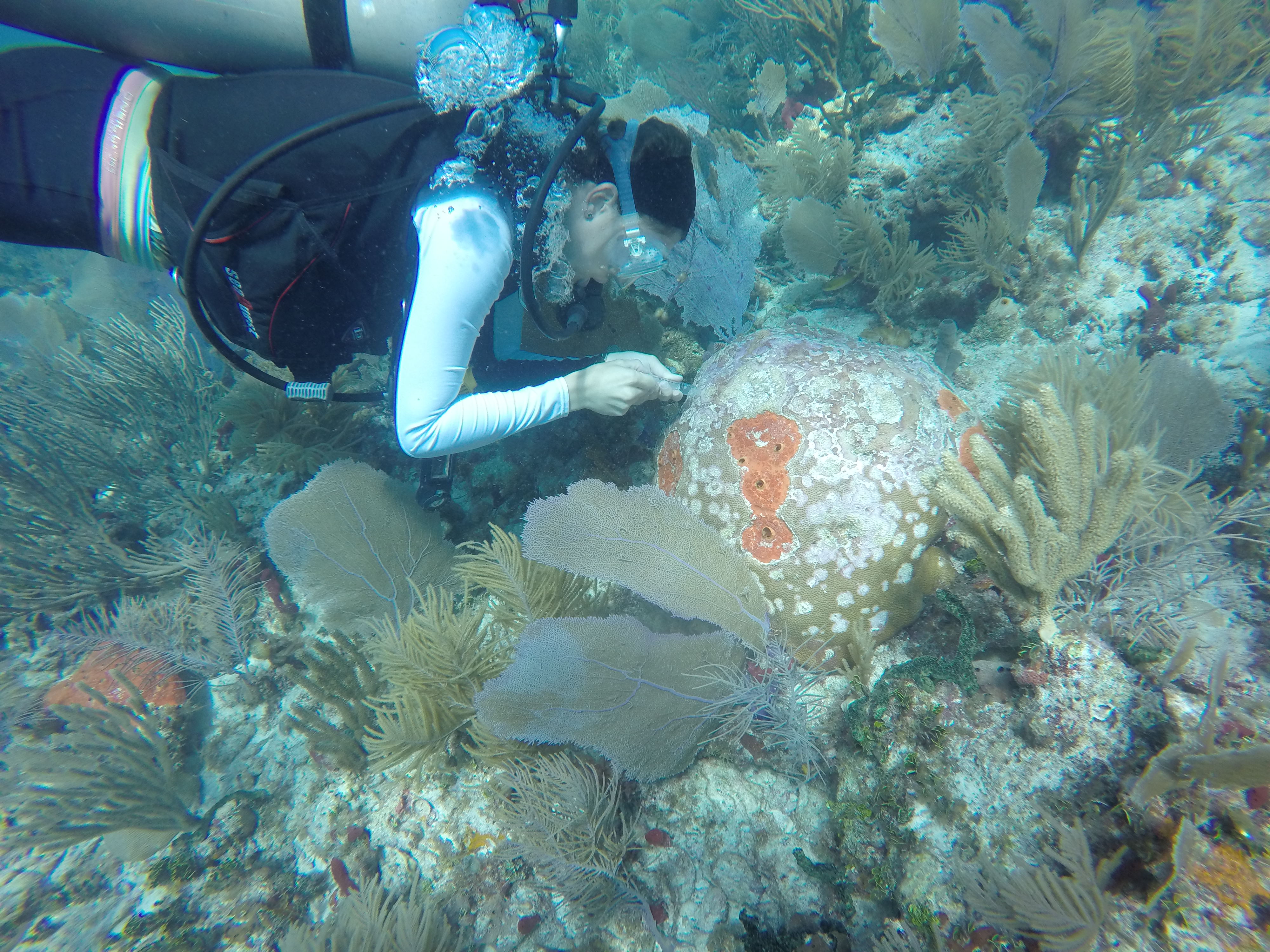
USFWS - Pacific Region / Flickr
Can corals be saved? The key may be in their microbes
Biologists are studying corals with techniques designed for humans
Until the 1880s, people thought disease came from noxious air in homes, sewers, or haunted fields. Luckily, a German scientist, Robert Koch, introduced the germ theory and assigned bacteria to specific diseases such as cholera. Since then, we have learned that not all bacteria are harmful. As sequencing technology becomes more accessible, scientists are finding microbes everywhere: on our skin, in our guts, on plant leaves, on dog spit, even inside your coffeemaker. The microbes that we find are both good guys and bad guys – I’d say a majority are actually good guys. Bacteria function in our gut to break down our food and produce vitamins. Bacteria in plant roots protect the plant from disease.
Bacteria are also found in the oceans, both free-floating and living inside marine organisms. That includes coral reefs, where bacteria play equally diverse roles in the health and sickness of corals.
You can tell a coral is sick through visual signs such as black bands, dark spots, and white poxes that differ from the coral’s typically homogenous tissue. Inside this tissue, there are several thousand kinds of bacteria interacting with the coral. I began my PhD career studying diseased corals by measuring the abundance of the bacteria Vibrio, rod-shaped bacteria that are sometimes disease-causing. However, it was frustrating when not all sick corals had a high abundance of Vibrio in their system, or when I found a healthy coral that in fact did have Vibrio living inside of it.

Other coral biologists have similar frustrations. Several bacteria or viruses have been isolated from diseased corals, and only a very small percentage have proven to directly cause a particular disease. I quickly learned that searching for one bacteria that causes a specific disease is close to impossible, especially since there are many bacteria present in both healthy and diseased corals.
So that is exactly what I set out to study for my PhD: the difference in the groups of bacteria that are present in healthy versus sick corals. The questions I try to answer are similar questions that human gut scientists answer: what microbes are present in healthy individuals, what microbes are present in diseased individuals, and what roles do these microbes play in disease development?
Gut microbiologists have discovered that some ailments, like irritable bowel syndrome (IBS), are not caused by a bacterial infection, but by a decrease in the number of good bacteria in the gut. General stress and unhealthy diets can also alter your gut microbiome and potentially cause IBS.

The bacteria in your mouth, too, maintain a healthy balance between many different types of bacteria that work together toward your oral health. Not flossing and intaking lots of sugar or fast food increases your chances of periodontal disease because you don’t remove the bad guys that thrive in anoxic pockets way down in between your teeth and gums.
There is a good possibility that corals that are getting sick are experiencing a change in their microbiome in a similar way that fast-food eaters experience a change in their gut microbiome: an outside stressor (bad lifestyle habit) shifts the microbiome to an unhealthy state. What if corals are getting sick because the healthy balance of microbes is thrown off by certain environmental stresses? Instead of looking at the presence or absence of a potentially pathogenic bacteria such as Vibrio, I started looking at the entire community of bacteria that live inside healthy and diseased corals.
By applying human microbiome research to coral disease research, I’ve found three patterns of microbiome-related disease that are similar between humans and corals:
- Gum disease can be studied by creating a ratio of bacteria correlated with healthy mouths to other bacteria correlated with diseased mouths. Scientists even found that an “in-between” ratio exists in healthy gum tissue of diseased mouths. This means periodontal disease is characterized by a succession in the types of bacteria. This is a promising way to study coral disease, because several papers have compared the entire microbial community between healthy, almost diseased, and diseased corals and have found that all three health statuses of coral have different microbial communities.
- Proteobacteria has been observed to abnormally expand in humans with metabolic disorders, inflammation, and cancer. This bloom of Proteobacteria compromises the ability to maintain a balanced gut microbial community. Attempting to describe coral bacteria in this way is also promising – my lab has observed that Vibrio bacteria bloom in Florida Keys water after Saharan dust storms. The Vibrio that rapidly increase in abundance may out-compete the beneficial bacteria from colonizing the coral, and make the coral more prone to getting sick.
- People with inflamed sinuses could be missing key bacteria that maintain the peace inside your nose. This causes the microbial network to become fragmented, meaning the microbes don’t function well together anymore. Some coral laboratories have observed Endozoicomonas is abundant in healthy corals but not in diseased corals that might be missing this key member of its healthy microbiome.
Fifty percent of the world’s corals have been lost in the last 30 years, and a shocking 80 to 90 percent of Florida's reefs alone are already devastated due to environmental stress such as warmer waters and nutrient pollution. To save our coral reefs from further destruction, we coral biologists are getting creative with the research connections we make. By using examples in human microbiome research, I hope that we’ll more quickly understand coral disease development and protect our global reefs from future harm.




I love the comparison you’re making between the human-microbiome health axis and that of another large organism like coral and its associated microbiome! It underlines in a nice way that basically every large living thing is a host to microbial life; or conversely, microbes live anywhere and everywhere they can.
This piece brought up a few basic questions for me about coral science: